The Fascinating Nature of Spain
On July 22, 1918, the country's first national park was established in the Covadonga Mountains in northern Spain. The Parque Nacional Los Picos de Europa with 65,000 hectares is located in the regions of Asturias, Cantabria and Castile-Leon. It is also a UNESCO Biosphere Reserve since 2003. The Ruta del Cares crosses a series of spectacular gorges and is one of the most sought-after tourist routes in the country.
The variety of landscapes in Spain is impressive, so it is not surprising that this country has the largest number of UNESCO biosphere reserves in the world. There are mountains and valleys, forests and volcanoes, dunes and desert areas nestled between marshes, lakes, cliffs and waterfalls. The Spanish authorities have long recognized the importance of preserving the unique character of its environment.
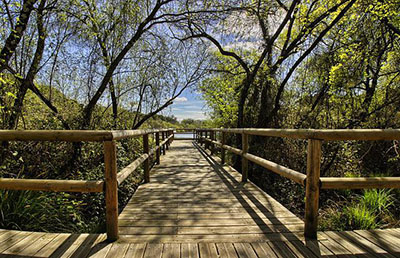
(Natural park Coto de Doñana, picture from Alfonso Cerezo)
Spain's most visited national park is on the island of Tenerife: Teide with its surrounding volcanic landscape is Spain's highest peak at 3,718 metres, it was declared a national park in 1954. The Sierra Nevada mountains near Granada are closest to the Costa Blanca.
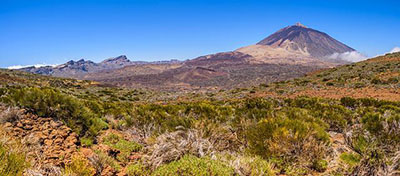
(Mountain Teide on Teneriffa, picture from Cornelia Schneider-Frank)
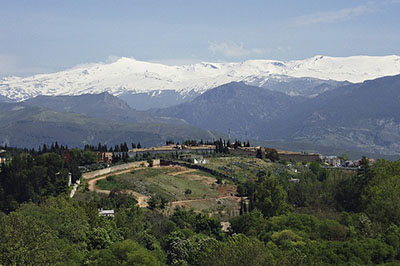
(National park Sierra Nevada, picture from Brigitte Werner)
Spain has a total of 15 recognized national parks including that of the Cabrera archipelago, on the Balearic Islands. But there are also other types of parks in Spain - they are divided into several categories: national parks (large-scale landscapes, largely natural), natural parks (managed but protected landscape areas which are intended for recreation) and nature reserves (smaller natural areas which, like national parks, are strictly protected, mainly for the purpose of renaturation and recreation of nature).
The total superficy of the different protected natural areas in Spain is more than 30 million hectares. Thus, a third of the land area of Spain and about 12% of the maritime area are protected. Spain is also one of the best places in the world for so-called Starlight Reserves with 13 areas certified for stargazing due to the quality of the sky. Additionally, Spain has had the highest number of Blue Flag beaches in Europe for decades.
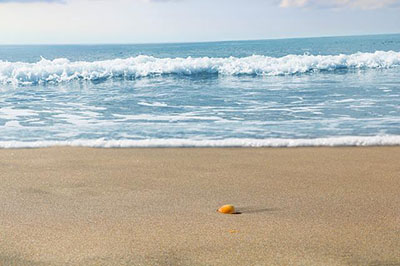
(Picture from Ny Sonseca)
Spain is also one of the countries with the greatest biodiversity in the world. The particular situation of the country between two continents, the different climatic zones, its diversified relief, its 8000 kilometers of coastline and two archipelagos are the foundations of this great biodiversity.
More information you can find here: Spain's biodiversity.
Here are some suggestions for nature expeditions on the Costa Blanca, Costa Calida and Majorca:
To start, you will find in El Carrascar de la Font Roja (near Alcoy) a hiking area among the forests of rustic holm oaks at an altitude of up to 1200 meters. Closer to Costa Blanca, you also have one of the newest natural parks in the province of Alicante, the Sierra Mariola. The park is famous, among other things, for its huge snow fountain from the 17th century, in which snow was once collected and pressed into ice. This place is also known for the large number of herbs and medicinal plants that grow there. When it flowers, the Sierra is like an aromatic meadow.
And of course not to be missed: the smallest natural park in Spain, the Peñón de Ifach in front of Calpe. A challenge for hikers and a hotspot for divers. Hardly any bay attracts as many snorkelers as Cala Racó in Calpe. At the foot of the Peñón, hundreds of small fish swim along the edge of the water in the nature reserve.
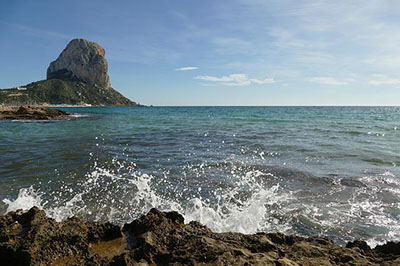
(Peñón de Ifach, picture from Eveline de Bruin)
The Costa Calida also offers a lot of variety for divers. In the province of Murcia, in Cartagena, the marine reserve of Cabo de Palos and the Hormigas Islands is fascinating with its underwater natural protected area of about 19 km² located between the Cabo de Palos lighthouse and the Hormigas Islands. It stands out for its great biological diversity and the good state of conservation of its seabed.
And of course there are also many ways to discover the nature in Mallorca.
Among other things, you have the Cabrera archipelago which is about 14 kilometers south of Mallorca, declared a national park in 1991. The islands are breeding grounds for many native birds such as the osprey, the Elonorus falcon, the Audouin's gull and the Balearic shearwater.
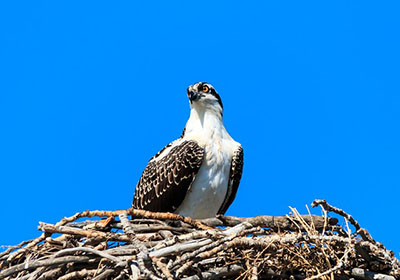
(Osprey, picture from Larry Doucet)
At the foot of the Galatzó mountain, 1027 m high, begins a natural park particularly suitable for excursions with children. The 3.5 km hiking trail leads past waterfalls, caverns and partly artificial caves in the middle of a typical Mediterranean forest with mighty holm oaks and Aleppo pines.
The Mondragó Natural Park with the freshwater pond of S'Amarador, the salt marshes of Sa Fonts de n'Alis, the fine sandy beaches with crystal clear waters and the jagged cliffs, sculpted by the sea complete the environment spectacular in this park. You will also find one of the most popular coves in Mallorca, Cala Mondregó, and also nearby, less crowded and wilder, the beach of S'Amarador. The natural park also includes shady pine forests, almond and carob plantations, dunes and wetlands with small ponds and lakes. Bamboos and reeds grow there and rosemary, lavender and juniper spread their wonderful fragrance.
Would you like to take a journey of discovery in the nature of Spain?
Then visit us! We also like to play a little the holiday guide while showing you (without any obligation to purchase) some of our superb properties. Here is a small sampling below.
See you soon!
Jan Hannemann and the Su Casita team




